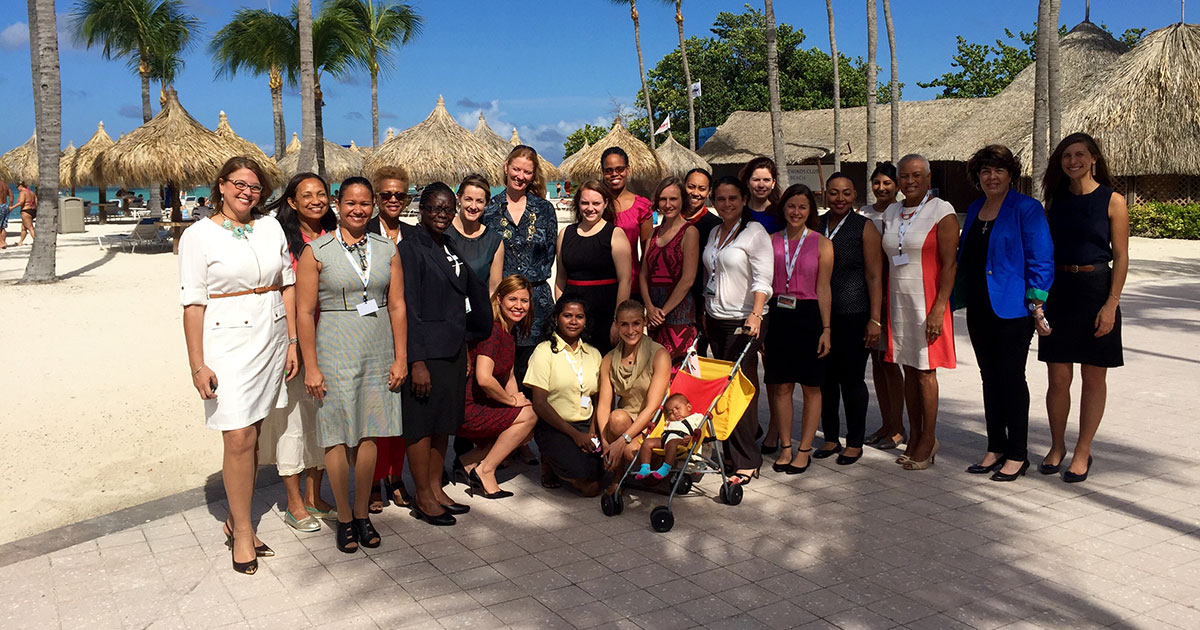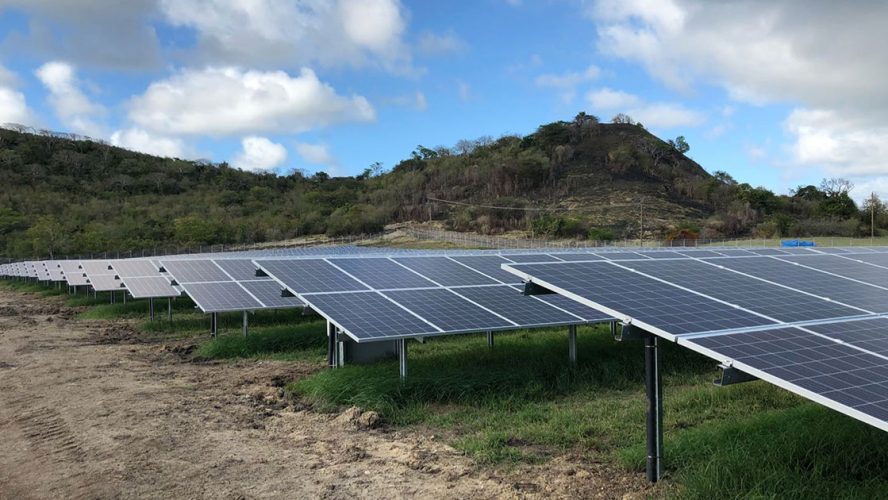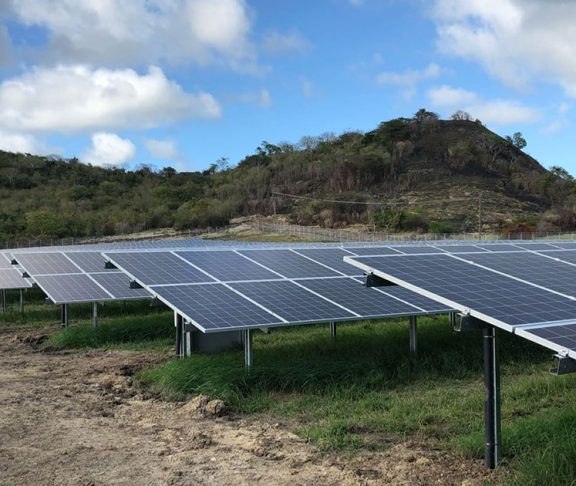Last September, Hurricanes Irma and Maria — two category 5 hurricanes — devastated the Caribbean. Residents often refer to them as “Miss Irma” and “Miss Maria” out of respect for the severe damage caused to infrastructure, nature, property and life. While experiencing two hurricanes of this magnitude within a few days of one another was unprecedented, for small islands it underscored a fact they know well: island communities are on the front line of climate change.
Islands in charge
In a lot of ways, islands are the victims of climate change and the industrialized world’s addiction to fossil fuels. However, small islands are not standing by idly and instead have decided to flip the script. Rather than be seen as victims (of occupation, of colonization, now of climate change), they are taking action and proving change is possible. Islands are leading an energy transition that not only improves their safety, independence, resilience and economic development, but also shows that islands are bold enough to provide solutions to the global climate challenge.
I am fortunate to work on the Islands Energy Program at Rocky Mountain Institute, a nonprofit dedicated to transforming global energy use to create a clean, prosperous and secure low-carbon future. We partner with islands in the Caribbean to advance their energy transition in pursuit of their objectives and priorities. By addressing the unique challenges islands face, we are supporting islands to move beyond clean-energy roadmaps to tangible, on-the-ground results.
Strong storms, stronger women
Through RMI’s work with islands, the Islands Energy Program sees the value of diversity both within our team and on the islands we partner with. “Miss Irma” and “Miss Maria” are not the only powerful women in the Caribbean; I am fortunate to work with many rising women leaders in islands and support mentorship through the Women in Renewable Energy Network. When there are diverse voices that are part of the conversation and decision-making, bolder energy solutions are uncovered.
In the Islands Energy Program, we’ve identified three key components to a successful energy transition. First, everything begins with a plan. It is critical that stakeholders (the island’s government, electric utility and the public) align around a core vision and jointly develop a plan to achieve the vision. My team collaborates with the stakeholders from our partner islands to identify shared priorities, and then provides independent technical analysis of energy options for their future electricity system.

Next, stakeholders must act. Our team continues to support islands beyond establishing an integrated plan, by de-risking and advancing specific renewable energy or energy efficiency projects, which are often the first large-scale projects of this type in each island. The 3 megawatt solar PV plant near Vieux Fort in Saint Lucia is a great example of a pioneering island implementing a successful first project.
Innovation and collaboration
In parallel to deployment of specific projects, it is crucial that islands build expertise in operating and maintaining technologies that are new for them. As an example, while solar PV and battery energy storage have been proven globally, many island engineers and operators are familiar with only one power generation resource: diesel generators. Learning how to operate and integrate new resources into their electricity systems is key to a successful transition; sharing those learnings with other islands will spark continued momentum for island leadership in energy.
The Islands Energy Program team is supporting islands to accelerate their energy transition by advancing their vision and ambition through technical and operational assistance. By first defining their vision, and then embarking on an energy transition through specific actions and the building of local capacity while including diverse perspectives, islands are demonstrating what is possible and creating an energy future that is resilient, reliable, low-cost and sustainable.

